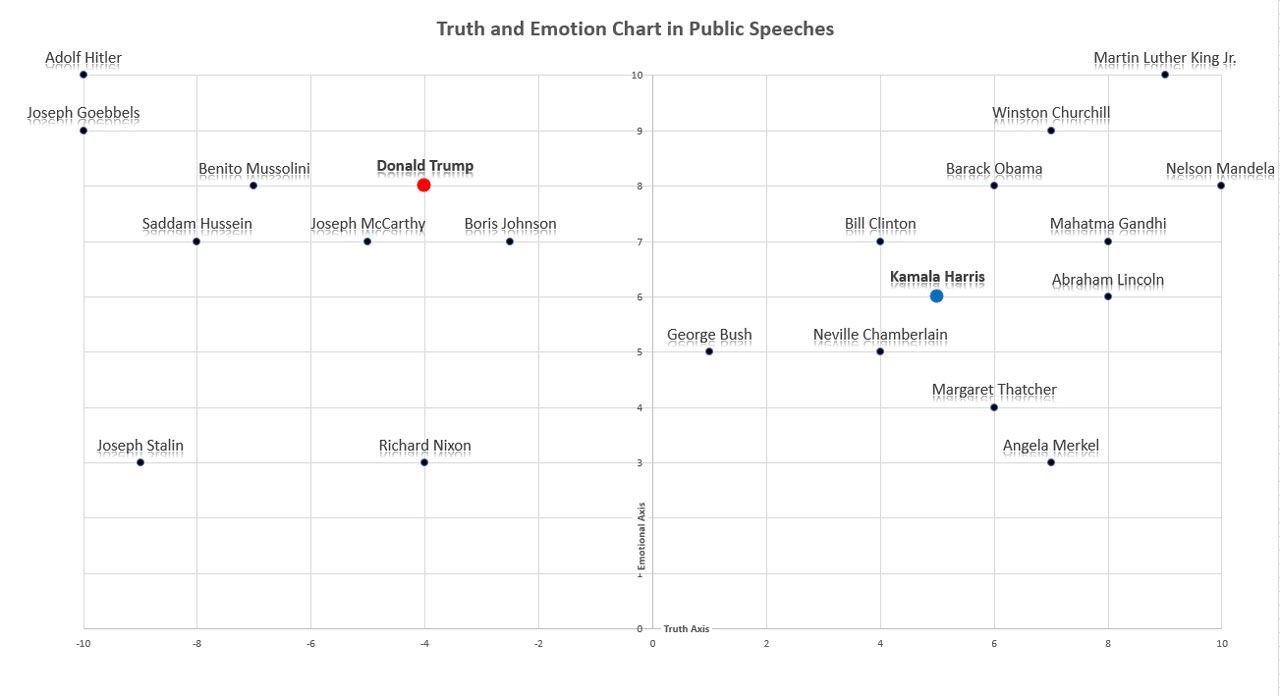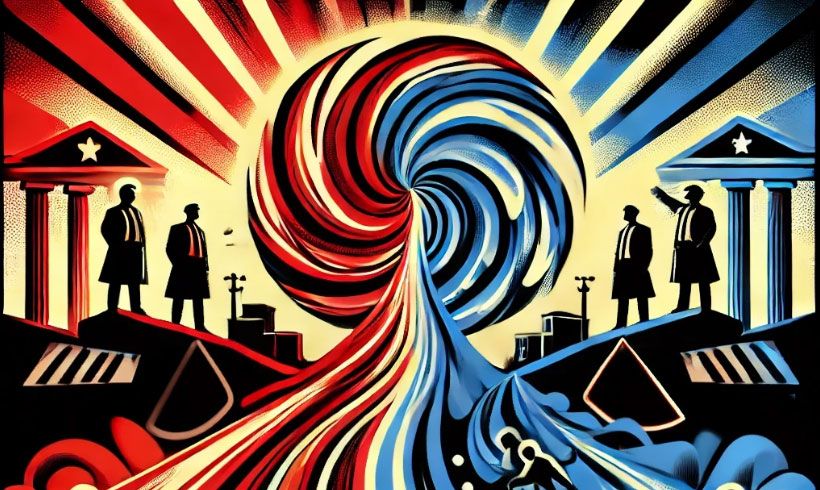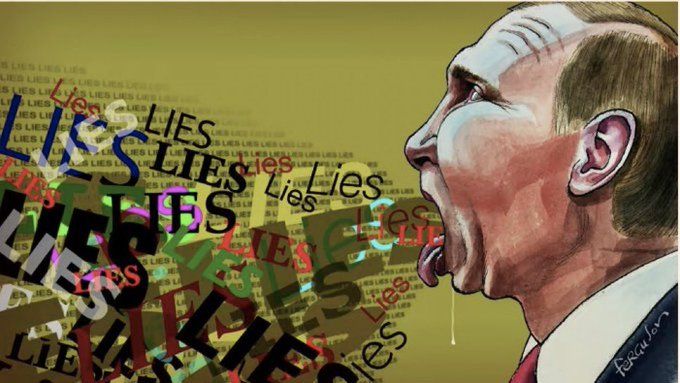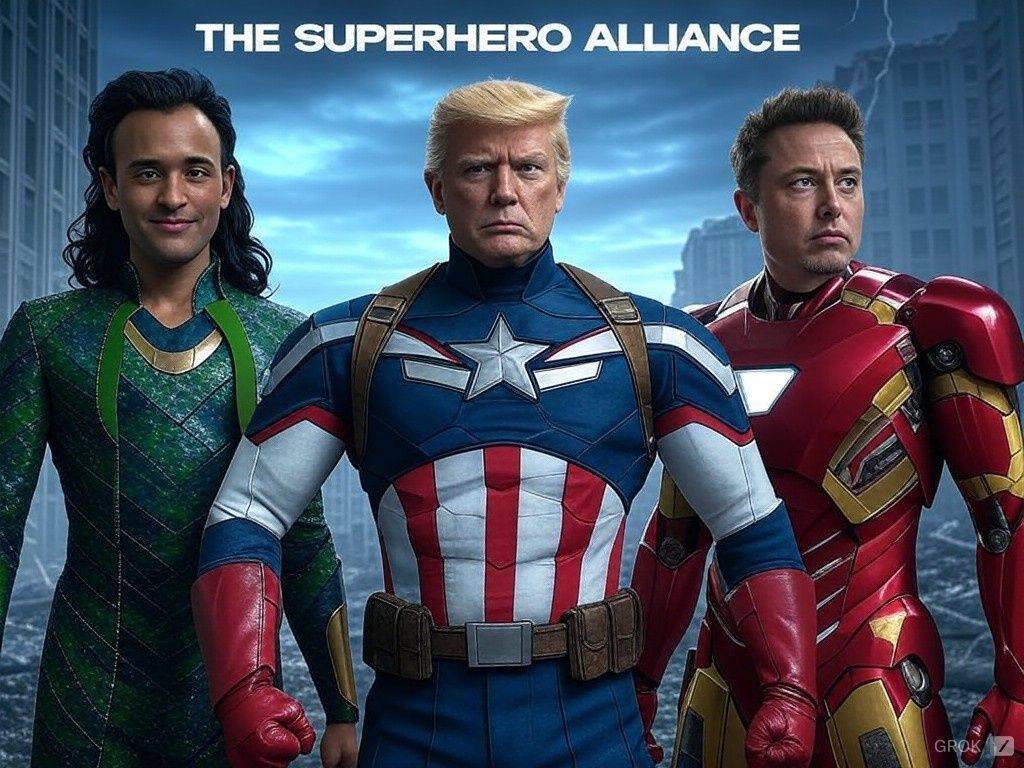Discovering the Big Lie Through Speech Analysis
In my research, I focused on identifying patterns in public speeches to better understand how political figures use fallacies and manipulative rhetoric. By analyzing the frequency and type of fallacies employed in speeches, I began to notice a troubling trend: leaders who were deliberately deceptive often relied on the same set of techniques to sway public opinion. Among these, the Big Lie technique stood out as a particularly powerful and dangerous tool.
The Big Lie: What It Is and Why It Works
The Big Lie technique was described by Joseph Goebbels, Hitler’s Minister of Propaganda, who famously stated: “If you tell a lie big enough and keep repeating it, people will eventually come to believe it.” This method relies on two key elements:
- Scale: The lie must be so massive that people would never suspect someone would dare fabricate something so outrageous.
- Repetition: The lie must be repeated over and over again until it becomes part of the public's subconscious, accepted as fact.
Goebbels and Hitler perfected this technique in Nazi Germany, using it to spread falsehoods like the "stab-in-the-back" myth, which blamed Jews for Germany’s defeat in World War I. The same method was used by Stalin in his purges, where internal enemies—often fabricated—were blamed for the Soviet Union's problems.
This technique worked because it played into people's fears, emotions, and existing biases, manipulating public perception to the point where even blatant falsehoods were accepted as truth.
Trump and the Big Lie: The "Stolen Election"
Fast forward to modern times, and we see that familiar pattern emerging in Donald Trump’s persistent claim that the 2020 U.S. presidential election was stolen. Despite more than 60 court cases, including rulings from Trump-appointed judges, and clear evidence from election officials across party lines, Trump has repeatedly claimed that the election was rigged.
This is the clearest contemporary example of the Big Lie technique in action:
- Repetition: Trump has consistently pushed the "stolen election" narrative since late 2020, repeating it at rallies, in interviews, and through social media.
- Emotional Appeal: The narrative has been crafted to instill fear of a corrupt system, suggesting that American democracy is at stake if the "fraud" is not exposed.
- Falsehood: Like Goebbels' Big Lie, this claim has been thoroughly debunked, yet it persists among a significant portion of Trump's supporters.
As the Truth and Emotion Chart illustrates, Trump’s placement near historically deceitful figures like Hitler and Goebbels is a result of a clear pattern in his rhetoric. His emotionally charged speeches, characterized by appeals to anger, fear, and a deep mistrust of institutions, parallel those of historical figures who relied on the same tactics. What’s crucial here is that, like his predecessors, Trump’s rhetoric consistently rejects factual accuracy. This combination of emotional appeal and the repeated use of falsehoods aligns with the defining characteristics of the Big Lie technique—an audacious falsehood, repeated until it becomes ingrained in public perception
But Is Trump Just Misled? The alternative of being mentally unfit.
The question of whether Trump actually believes the "stolen election" narrative is central to understanding whether we’re dealing with a conscious use of the Big Lie technique or unfitness for leadership. While this is a critical question, the answer is, in reality, more obvious than it may seem.
- If Trump knows the election wasn’t stolen, then he is consciously using the Big Lie technique, similar to the way Goebbels did. Given that more than 60 court decisions, many from judges appointed by Trump, have rejected claims of election fraud, it is virtually impossible for Trump to claim ignorance of the facts. These court rulings, investigations, and statements have all been brought to his attention, leaving no room for plausible deniability. Therefore, it is almost certain that Trump knows the election was not stolen and is deliberately manipulating his supporters by continuing to push this falsehood for personal or political gain.
- If Trump truly believes the lie, despite the overwhelming and undeniable evidence disproving it, this would point to a serious issue of mental unfitness. For a leader to reject objective facts presented repeatedly in court rulings and expert analyses suggests a disconnect from reality that borders on delusion. In this scenario, Trump would be incapable of processing the evidence and adjusting his views accordingly, making him unfit to lead. This level of denial would require serious scrutiny, as any leader who cannot reconcile clear facts with their own narrative would lack the cognitive ability to make rational, informed decisions.
Thus, the second scenario, where Trump genuinely believes the election was stolen, is highly improbable unless it is proven that he is mentally unfit. Given the mountain of evidence against his claims, it becomes almost impossible to argue that he is merely misled—unless he is truly unable to accept the facts due to an underlying mental issue.
In either case, the consequences are deeply troubling. Whether through deliberate deceit or mental unfitness, Trump’s actions have already caused significant damage by eroding trust in democratic institutions, as we saw during the January 6th Capitol riot, which was directly fueled by his insistence on the false "stolen election" narrative.
The Second Big Lie? Immigrants Eating Pets in Ohio
Another potential example of Trump’s use of the Big Lie technique is his claim that Haitian immigrants in Ohio are eating residents’ pets. While this statement lacks the gravity of the stolen election narrative, it still bears the hallmarks of the Big Lie:
- Outrageousness: The claim is so bizarre that, if repeated enough, people may begin to believe there must be some truth to it.
- Fear-mongering: This narrative is designed to instill fear and distrust of immigrants, reinforcing xenophobic attitudes.
- No Evidence: Like the "stolen election," this claim is entirely unsupported by any credible evidence.
However, this example remains debatable. While it shares key characteristics of the Big Lie technique, it hasn’t been repeated with the same intensity as the "stolen election" narrative. For now, it remains an assumption—but one that aligns with Trump’s pattern of using fear-based, emotionally charged falsehoods to influence public opinion.
Why the Big Lie Matters: A Threat to Democracy
The Big Lie technique is more than just a rhetorical strategy—it’s a dangerous tool that undermines the foundations of democracy. When leaders use this method, they create a world where truth becomes relative, and public trust in institutions crumbles. We’ve seen the devastating effects of the Big Lie in the 1930s and 40s, and now we are seeing echoes of it in modern politics.
As the Truth and Emotion Chart demonstrates, figures who consistently rely on emotional manipulation and falsehoods pose a real threat to democratic stability. The stolen election narrative has already weakened faith in the U.S. electoral system, and further use of these techniques risks eroding the very concept of truth in public discourse.
Conclusion: The Importance of Recognizing and Combating the Big Lie
Understanding and recognizing the Big Lie technique is crucial in today’s political climate. Whether it’s being used by dictators or modern democratic leaders, the consequences are the same: the manipulation of public opinion through fear and repetition of falsehoods.
We must remain vigilant in calling out the use of propaganda, demanding truth, and upholding the integrity of democratic institutions. The Big Lie thrives in environments where facts are dismissed and emotions take over, and it's our responsibility to reject this tactic wherever it appears—be it in history, or in modern politics.
P.S. Help Us Reach the Decision-Makers and Continue Our Research
Our ongoing research into the use of fallacies in public discourse has the potential to bring about a cultural shift in the fight against disinformation, with possible applications as impactful as lie detector technology. But to fully realize this potential, we need significant additional data and continued resources to expand the study.
While many democratic governments and influential figures like Bill Gates have publicly declared their commitment to fighting disinformation, we have struggled to find ways of getting this important work the funding it needs to proceed. The tools and findings we’re developing could be a game-changer, but without the necessary financial support, we can’t advance further.
We are calling for help—not just in securing funds but in finding ways to get this ongoing research on the desks of decision-makers who can make a real difference in the fight against disinformation. Your support could play a key role in ensuring that this work reaches its full potential and contributes to a better-informed, more resilient society.






